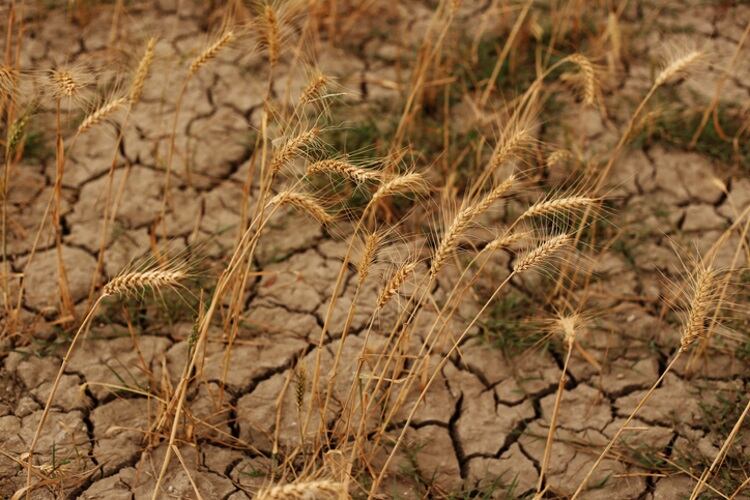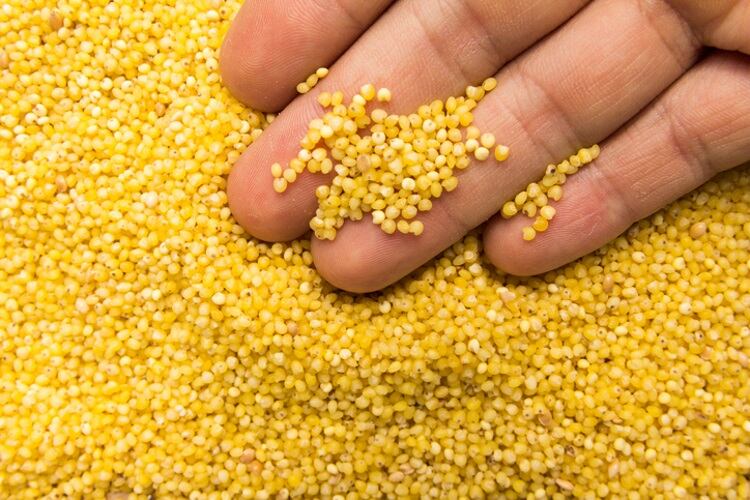The lack of variety in agriculture is both bad for nature and a threat to food security.
According to the WWF’s David Edwards, there has been a 60% decline in wildlife populations since 1970, thanks – in the most part – to global farming.
A new report from the environmental watchdog found that 75% of the food humans consume comes from just 12 plant sources and five animal sources, with three crops making up 60% of the plant-based calories in the entire human diet.
Accordint to Statista, wheat is the most important grain worldwide, based on grain acreage and is ranked third when it comes to the total production volume. The global amount of wheat produced in 2016/2017 was 755 million metric tons.
Corn was the most consumed grain in 2017/2018, with around 12,500 million bushels being consumed in the US, followed by China at 9,400 million bushes.
This excludes many valuable sources of nutrition.
The WWF recently teamed up with Knorr UK to launch a campaign to push people to diversify their diets.
Its report – Future 50 Foods: 50 Foods for Healthier People and a Healthier Planet – concluded that the preservation of wildlife, and even human survival, are linked to the way we eat.
Repeatedly harvesting the same crop on the same land depletes nutrients in the soil, typically necessitating a higher use of fertilizers and pesticides, which damage the environment.
Animal husbandry, too, is tilting the balance, with its huge land and water footprint and significant greenhouse gas emission rate.
The results of standard farming practices worldwide are coming to roost, with a staggering loss of wildlife in the past 50 years, including the precipitous decline in insect populations – often referred to as Insect Armageddon.
“Nature can’t continue to take this pressure,” said Edwards. “The food system has pushed wildlife to the extremes.”
Gone forever
Staying within our ‘comfortable norms’ has also affected the world’s once abundant smorgasbord of offerings.
Since 1900, FAO figures note 75% of the genetic plant diversity in agriculture has been lost. In Thailand, for example, the 16,000 rice varieties once cultivated have dropped to just 37.
Once they are gone, they are gone forever.
Why the global population has zeroed in on such a limited array of foodstuffs is unclear, especially as there is an enormous variety available.
According to Maria Haga, head of Crop Trust, an organization focused on preserving crop diversity, there are more than 30,000 plants in the world suitable for human consumption, yet we only eat around 150 of those.
The dependence on just a few crops is a threat to food security, especially as the world’s population is tipped to reach 10 billion souls by 2050.
Rediscovering forgotten plants
The campaign’s 50 foods were selected for their high nutritional value, low environmental impact, flavor, accessibility and affordability.
It includes ancient grains like fonio and teff, nuts and seeds, legumes, leafy veggies and mushrooms sourced from across the globe intended to enable three important dietary shifts:
- To increase the intake of vitamins, minerals and antioxidants
- To move reliance away from meat, poultry and fish, which is negatively impacting the environment
- To promote agrobiodiversity.
“The search for nutrient-dense plants has taken us toward ancient grains, heirloom plant varieties, and less commonly cultivated crops. There is a good reason for rediscovering some of the forgotten plants,” said Dr Adam Drewnowski, director of The Center for Public Health Nutrition at the University of Washington, which was involved with the report.
According to April Redmond, global VP of Knorr, the report aims to shift the way people eat.
“We believe we can shift the way food is grown and the foods people choose to eat, delivering significant, positive impact on the food system,” she said.
“Our mission is simple: make delicious, nutritious and sustainable food accessible to all.”
The list of Future 50 Foods
13 cereals, grains and tubers: for example, amaranth, spelt, black salsify and lotus root
4 nuts and seeds: walnuts, flax, hemp and sesame seeds
12 beans, legumes and sprouts: like black turtle beans, soy and alfalfa sprouts
18 vegetables: including pumpkin flowers, moringa, nopales and seaweed
3 mushrooms: enoki, maitaki and saffron milk cap



